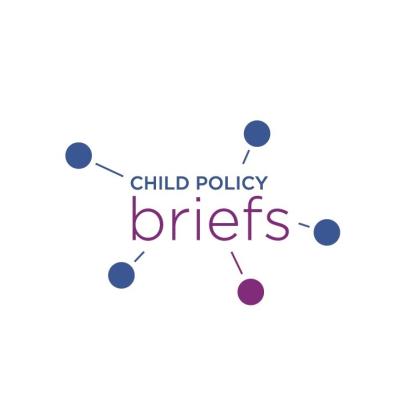After School Activities
Description
A summary of the scientific literature on extra-curricular activities in school settings.

Components
Image

How This Impacts Children's Development
Description
After-school programs offer significant advantages for children's development. It would enhance academic achievements, help children improve social and emotional skills, build positive relationships with peers and adults, increase engagement and school attendance, and reduce risky behaviors.
READ THE BRIEF: Improving After-School Programs in a Climate of Accountability, 2008
READ THE BRIEF: Over-Scheduled is Over-Stated: After-School Activities Are Good for Kids, 2006
Talking Points from the SRCD Briefs
|
Policy Considerations in the Briefs
- New data suggest that 40% of young people don’t take part in extracurricular activities. They do not do as well academically as their peers who do participate, raising questions about equity and access to programming.
- After-school programs should clearly define their goals and ensure activities align with them. They should also encourage student-centered, active, and developmentally appropriate learning, making the most of the flexibility in scheduling and location that these programs offer.
- Regular on-site staff development and improved curriculum materials are key to enhancing the effectiveness of after-school programs
- Recognize that improving curriculum materials alone is unlikely to produce desired results.
- This is especially important if the curriculum is arranged according to a fixed, sequential schedule, because attendance in afterschool programs can be sporadic.
READ THE BRIEF: Improving After-School Programs in a Climate of Accountability, 2008
READ THE BRIEF: Over-Scheduled is Over-Stated: After-School Activities Are Good for Kids, 2006